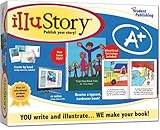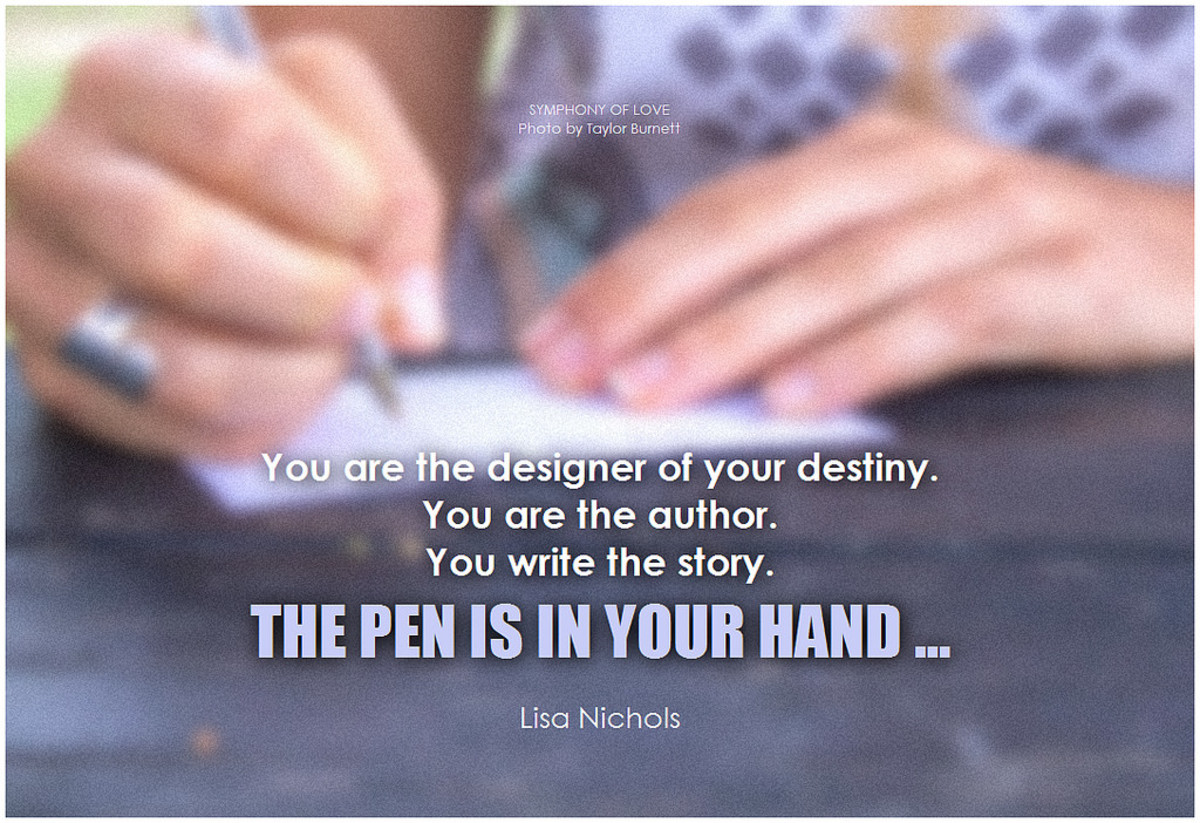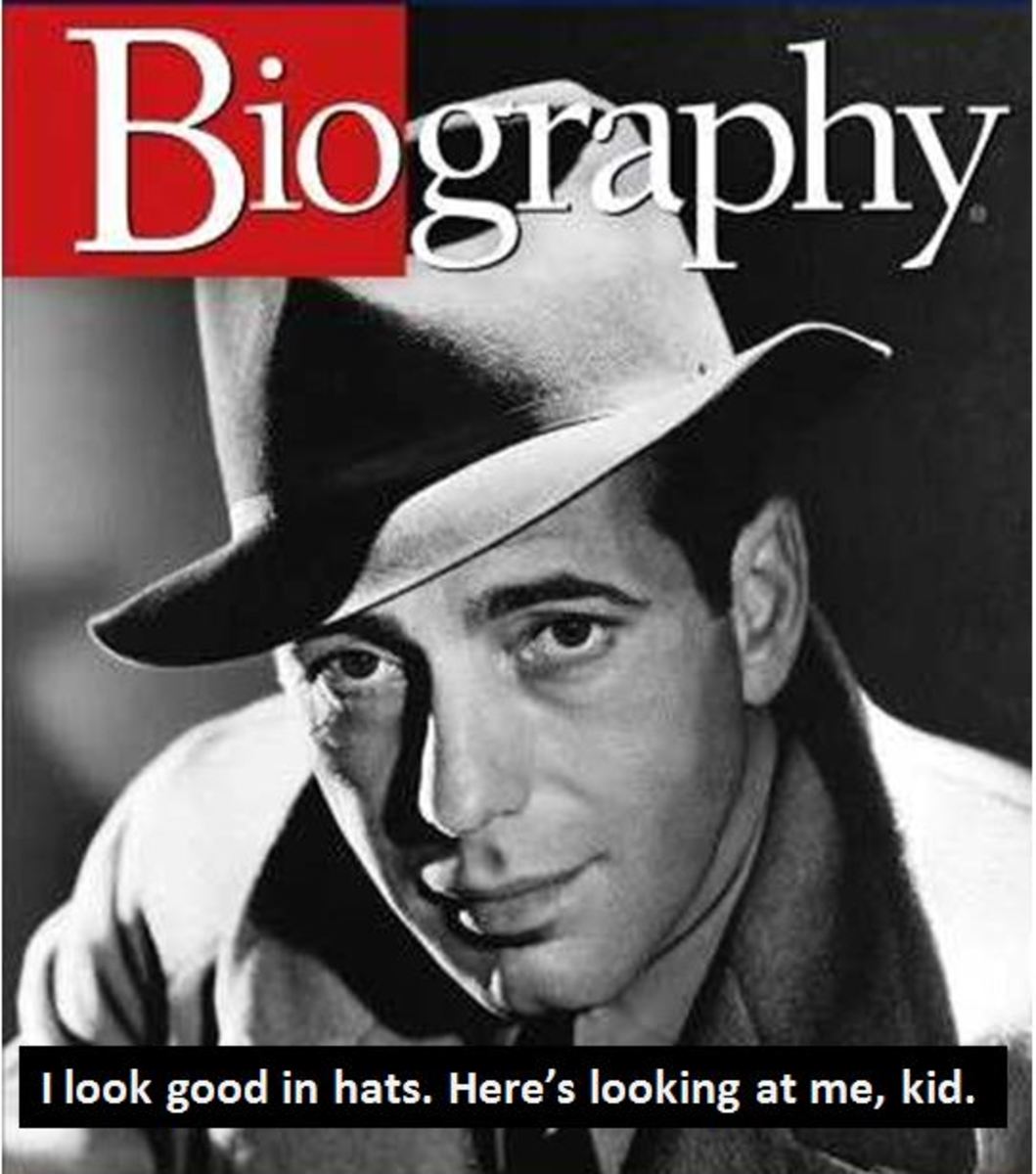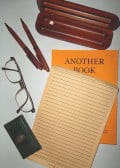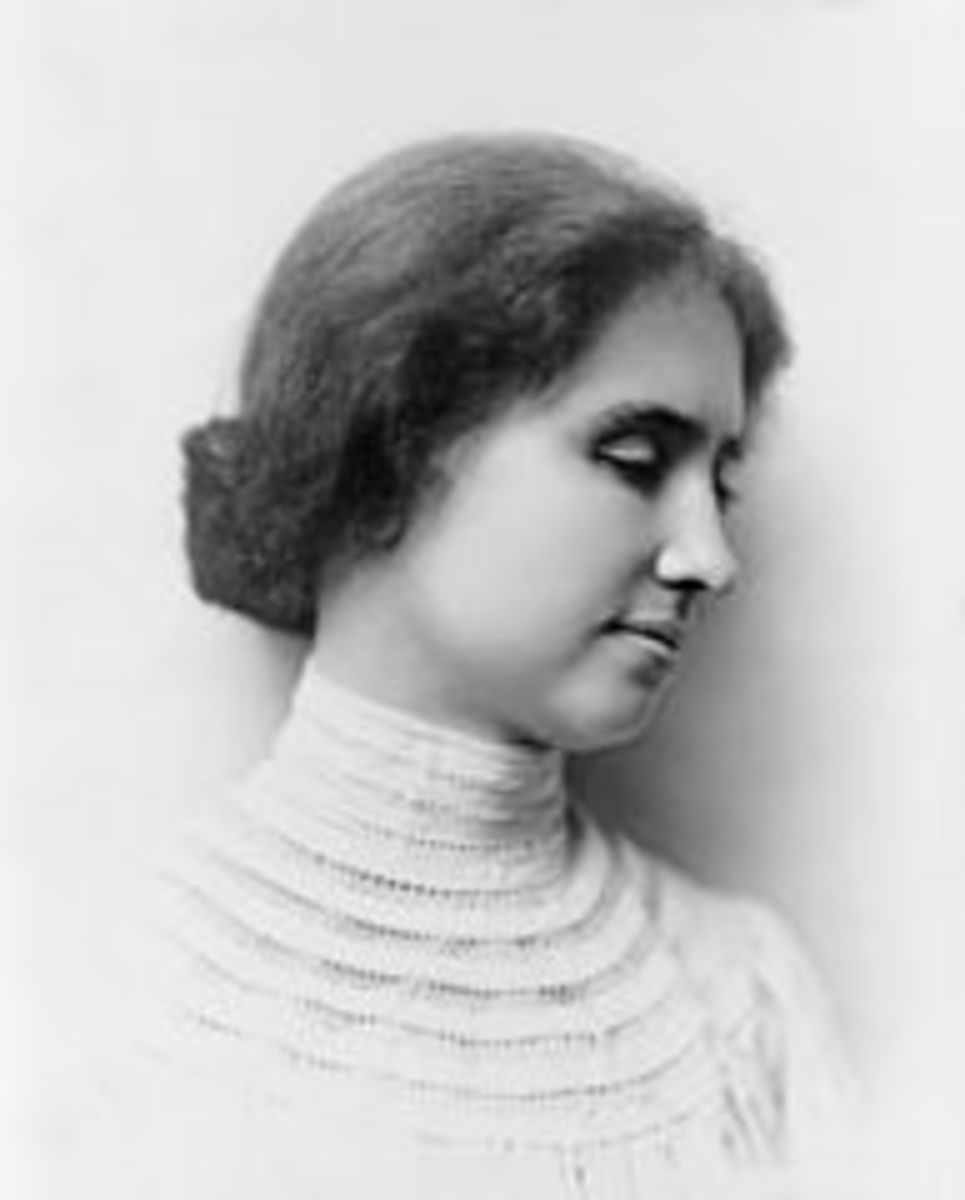Top Reads for Writing Style
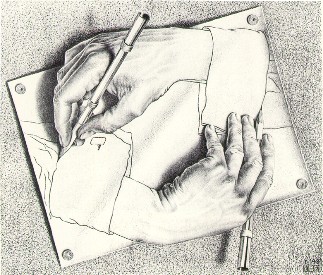
These are my favourite recommendations for writers looking for help with their writing style.
100 Ways to Improve Your Writing
by Gary Provost
As a professional or even a casual writer, you need to have this book. Gary Provost covers more than the basics and does so in an interesting manner. The author goes beyond good grammar and using your spell and grammar check. He attempts to ensure you understand what you need to do to improve your style no matter how you learn. For this reason, he includes a variety of practical tips and useful hints. He also provides readers with a guide that is both easy to navigate. Whether you are a student trying to get a grip on writing style or a professional, no matter what type of problem you are querying, or you will find it in this book. Adopting a humorous approach, Provost supplies you with professional advice by someone who has been there, done that, and bought the tee shirt. The only shortcoming is the lack of immediacy. This can be cleared up when the author updates it. WE hope he does this soon.
Becoming a Writer
by Dorothea Brande
In this work, Dorothea Brande is presenting information that is not new to her. As a teacher in the 1920s, she expounded the ideas contained in this book. She tried to introduce to her students some truly revolutionary concepts concerning the workings of the human brain. Ignoring the path taken by the then current educational proponents, she urged her students to learn how to tune in to their inner self – specifically the artistic writer. In opening up to this part of their brain, they would also discover that part of themselves that is both intuitive and progressive. Certain concepts and phrases recur. Among the most prominent are ‘artistic coma’ and becoming your own critic. You are to draw upon the former to help harness the distinctiveness of the surrounding world. While not current in temporal terms, this book is truly timeless in its advice to writers. Her true legacy is belief that the writing process is magical. Her true magic obviously lies within this book as it helps teach any novice how to write.
The Classic Guide to Better Writing : Step-by-Step Techniques and Exercises to Write Simply, Clearly and Correctly
by Rudolf Flesch
Professional writer or not, most individuals could do with a little improvement when it comes to their writing skills. This book by Rudolph Flesch is the ideal tool to assist you to accomplish this task. To help you improve your writing skills, he addresses the mundane: checking of spelling, basic grammar and sentence structure. Yet, there is more to the book than this. Flesch encourages the writer to find and use his or her personal voice. The very character of the book attests to his belief that this is necessary. It is highly readable and chock full of fun exercises. The author includes so much information it will actually save you the bother of flipping through other resources or trolling the net. If you want to get an edge over the competition, student or professional writer, use this book together with your by now battered and dog-eared MLA Guide. Consider it an investment in your writing future.
The ASJA Guide to Freelance Writing : A Professional Guide to the Business, for Nonfiction Writers of All Experience Levels
Talk about being indispensible. If you are at any level of the nonfiction writers’ market, consider this book a must-have. Beginner or professional, this work provides you with essential information on the business. Instead of looking purely at the actual writing process, this book’s focus is how to put together the initial plan to getting it published. Of equal importance if you want to make a livelihood out of writing are such aspects as paying taxes and working with editors. The book contains the advice of more than 20 authors, all who know exactly what they are talking about. Each article addresses a different aspect of the writing business expressed in the author’s own fashion. The entire book is a collective eye opener for writers of all ages and levels. If you want to escape some of the more rude awakenings that face you as a writer, go onl;ine or visit your local bookstore and purchase this book.
The Business Style Handbook: An A-to-Z Guide for Writing on the Job with Tips from Communications Experts at the Fortune 500
by Helen Cunningham, Brenda Greene
The writing profession is often viewed in stereotypes. There is the moment of inspiration. There is the writer with a far-away look in his or her eye, chained to his laptop or desktop typing out ideas incessantly. Yet, to be a freelancer is so much more and, to a certain extent, so much less. It is a job. Being creative is a part of it, but many make their money doing more mundane tasks such as writing emails. A writer may be hired to put together contracts, proposals, memos and simple or more complex reports. Writing is a business – sometimes a 40-hour a week business, if you are lucky. How you look physically may not measure up to the stereotype. This is irrelevant. What matters is that your work delivers. Consider it the ultimate test in first appearances. Instead of what you are wearing, it is how you present your writing. It is a matter of style, professionalism and creativity. It is also essential that this initial presentation be without grammatical errors, spelling mistakes and any flaws. This guide provides you with the knowhow on how to escape the rejection from that sloppy or unacceptable first appearance.
The Elements of Business Writing: A Guide to Writing Clear, Concise Letters, Memos, Reports, Proposals, and Other Business Documents (Elements of Series)
by Gary Blake, Robert W. Bly
Whether you are a business professional, a rank amateur or a student, eventually you will be faced with the need to compose a clear, concise and precise business-related piece of writing. In this situation, you will gladly embrace what this book has to tell you. The practical advice, the useful tips and the handy hints all make this book an excellent tool. Blake and Bly have put together a precise guide for helping you put together lucid, succinct and exact emails, memos, letters, articles and documents. Whatever you need to write in the business world, this book explains. It tells you how to do it, the tone required and the precise format. Reading this book will help you learn how to direct your writing towards the required audience. You will also learn how to write plainly with great power and skill. Do you wonder when to include jargon, executive speak or any other form of business-directed language? This book will tell you what tone adn language suits which particular occasion. For the executive, the want-to-be executive and the executive secretary, this is the book to have at hand, always.
IlluStory Book Kit
Creations by You
Looking for a creative way to explain to your children what exactly, as a writer, you do? Having trouble explaining what your job involves in an easy and understandable fashion? The answer lies in this award-winning concept – the IlluStory Book Kit. Using this kit, you and your child can easily put together a book, complete with both pictures and words. It explains easily and with great creativity a book suitable for any child from around age five to nine. If your child, like mine, has an explosive imagination, this is the ideal way for them and you to come together on a fun and educational project. The result is something you, your child and your entire family can show off and share. Anyone who loves books and wants to create their own can use this delightful and highly imaginative, but practical means of explaining work, writing and books. Buy the kit and let the sharing begin.
Live Writing : Breathing Life into Your Words
by Ralph Fletcher
This book is not for adults, unless they are teachers. The intended audience are the tweenies – those pre-teens who like to or want to like writing. Ralph Fletcher wants them to become excited about writing. He wants them to find the pleasure that many writers do in the process. It begins with tapping into the developing mind of this age group. It relies on the visual concepts of pre-teens. Fortunately, the author has done his research. He is very aware of the workings of the mind. He knows many of them are more than capable of rattling off average, boring and very mediocre work. This book helps them to push them beyond the pedestrian by providing them with the tools a writer needs. This approach will not only help them improve their current writing skills but also provide them with the ability to write for life. It may even direct them along the path towards becoming a writer. While never dumbing-down the different aspects involved in writing, including character, voice, conflict, the author also never exceeds the assumed grade level. This is an excellent resource for children, parents and teachers.
On Becoming a Novelist
by John Gardner, Raymond Carver
Don’t want to appear to be the “new-kid-on-the-block?” Do you want your work to say flawless, experienced, and master of the craft of writing? I am sure you want to avoid many of those “dumb” mistakes of the new novelist. John Gardner and Raymond Carver have put together a book to help you avoid the classic or typical mistakes common to new novelists. They list some of the more common issues such as imitating someone else, conforming instead of breaking into and establishing their own territory. Flaws of new writers are several. They read too narrowly, instead of reading everything that is on and off the shelves. Many are not familiar enough with the industry, they also neglect to realize when or if they should change. Worst still, when faced with opposition, they fold far too soon. If you see yourself as making these mistakes, or know a writer who is guilty of them, do everyone a favour and pick up this book.
Reading, Writing, and Leaving Home : Life on the Page
by Lynn Freed
Lyn Freed hails from South Africa. Her cultural background adds a certain flavour to her work. Her approach is distinct and adheres to a simple principle. She believes that a writer should never worry about the feelings of her subjects. If they do so, she believes this cheapens the art of writing. As a result, Freed’s work is about going beyond the surface. She digs deep into the very essence of being, tearing off the superficial and rending deep into the exposed underbelly. In eleven essays, she exposes her true self, although you are never sure what is fiction and what is reality as she flows smoothly from one-to-the-other. What emerges is the lif of a writer exposed in all its aspects to here public. Although these are but snapshots, Freed does provide us with a glimpse at all – and I do mean all – both the good and the bad, characteristics of her life as a writer. This is real, raw writing. It is entertaining and very instructional. Whether or not you are a writer, this is a good read.
Snoopy’s Guide to the Writing Life
Snoopy – one of the most beloved cartoon dogs ever. While many of us writers have wanted to have his vivid imagination, we do at least share one particular aspect of his writing career. This is rejection. Sometimes, it seems every letter in the mail is a rejection letter. We get them. We read them. We then re-read them. No matter how many times we do read them, they still remain rejection letters. Snoopy is luckier than most. He has received letters of support from 25 top-notch writers. Fortunately, Snoopy has decided to share them with all writers. In 25 essays, these writers share what they know about the writer’s daily life, those horrible rejection letters and the fundamentals of writing. Read and discover how they began to write, who gave them a break and how they dealt with often repeated rejection. Learn how they find original and novel ideas on almost any topic. This guide is indispensible, enjoyable and revealing. No matter what you have gone or are going through, this guide has something to tell you. And do not fret. Snoopy has included his own two-cents worth.
The Travel Writer’s Handbook 5th Ed: How to Write and Sell Your Own Travel Experiences
by Louise Purwin Zobel
If ever there was a breed of writers that is envied by many, it is the travel writer. What could be more ideal than writing about foreign climes and lands? Most travel writers specialize. They focus on one aspect such as cruising, nature adventures, urban experiences or even nightlife vacations. Some writers, therefore, go to the places that can deliver what they want. For the night life, they may choose New York, London or Paris. For an ecological trip, they might flock to archeological sites or nature preserves, ending up in Mexico, Columbia or Africa. Cruises are always easy to find. You can take your choice of Mediterranean or Caribbean. Sail up to Alaska or to Mexico.
Being a travel writer can be expensive. It can also help pay for your vacation. If you want to learn how to combine pleasure and pay, purchase this book. Zobel has covered all aspects of travel writing. Whether you want to know about grammar techniques, markets or tax breaks, it is all here. She covers how to use the internet for research as well as essential strategies and techniques to apply in writing about travel. Nor does Zobel neglect formatting, successful interview techniques and researching your destination. This book even includes information on how to avoid those worn-out, over visited travel destinations. This helpful information and so much more is all available in this guide. Don’t leave home without it!
Writing Smarts: A Girl’s Guide to Writing Great Poetry, Stories, School Reports, and More!
by Kerry Madden
Are you a girl age nine to twelve? Do you like to write? Would you like to write better? This is the book for you. Even if you are as old as fourteen, you may find this book useful. Covering different aspects of writing styles: poetry, stories, school reports and other documents, this book provides you with the necessary tools to improve your writing. Whether the issue is trying to solidify your ideas or manage and organize the stories rippling through your head, this book will help. The author, Kerry Madden, includes useful topics such as grammar and helpful information on writing plotlines. Madden does not ignore characterization and certainly offers help on writing dialogue. This book, Writing Smarts, also provides suggestions of how to take the idea, how to go about finding more information on the topic, then committing it to the page. Favourite Aunt, caring parent - if you have a young aspiring writer in your life or simply know a girl who could do with the help, consider purchasing this book.
Writing the Breakout Novel
Donald Maass is a famous literary agent. His clientele include the mystery author Anne Perry (who writes the book’s forward), suspense novelist James Patterson and sci-fi and fantasy author David Zindell. Unlike other works on style, Maas is an insider who is not a writer but an agent, involved in publishing. His ability to guide authors to a goal of a well-written, literary piece that is also read with a frequency provides unique insight into the craft of writing a successful novel. This guidebook Writing the Breakout Novel, is direct and straightforward in its organization and advice. Provided ar the essential criteria Maass sees resulting in a successful novel, none of which has anything to do with luck. Using case studies from his client files, Maass gives us a firsthand look at what will result in the making of a standout novel, even if the market is saturated with similar works. From the truth about publishing to characterization, this book quickly goes through the basic paces. If you need a guide to success and a large dose of reality, get this book.
Writing the Natural Way
by Gabriele Lusser Rico
Some people have a talent. They can tell stories with verve and clarity. Yet, somehow, when it comes to writing it down, the story gets lost in translation. If this sounds like you, take heart. Not only are you not alone in this dilemma, you can turn to this book, Writing the Natural Way by G. L. Rico. The author adopts a technique designed to help improve and develop your writing skills naturally. The exercise involves writing short vignettes. Rico believes this will help you eradicate the inner critic that is stifling your ability to create those stories and characters. If you silence this mouthy and harmful critic, you will then be able to tap into the true force of creativity. You will then be able to bring to life those wonderful characters and tales circulating in your brain. The approach helps even those who are most afraid to commit to paper. It will help enflame their inner fire and allow the creative juices to flow easily, swiftly and, of course, naturally.
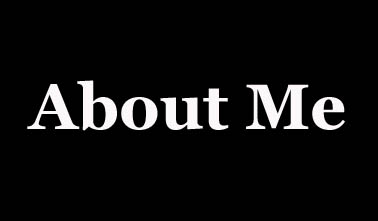
This hub brought to you....
by Julie-Ann Amos, professional writer, and owner of international writing agency www.ExquisiteWriting.com
Why not create your own HubPages? It's fun and you can make revenue from Adsense and other revenue streams on your pages. JOIN HUBPAGES NOW - SIMPLY CLICK HERE...
This work is licenced under the Creative Commons Attribution-Non-Commercial-No Derivative Works 3.0 Unported License. To view a copy of this licence, visit http://creativecommons.org/licenses/by-nc-nd/3.0/ or send a letter to CreativeCommons, 171 Second Street, Suite 300, San Francisco, California94105, USA.

